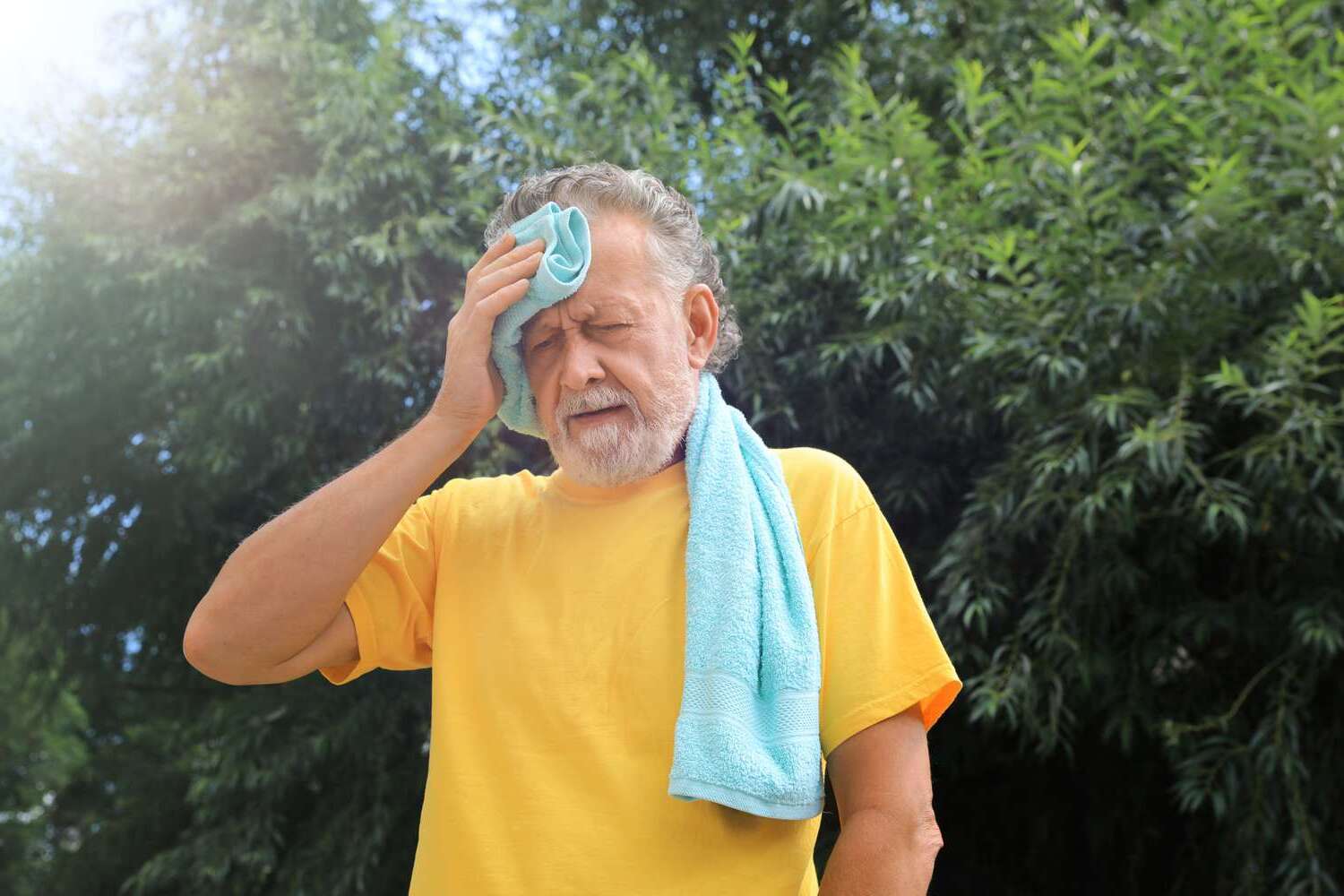
Heat stroke is a serious condition that can happen when your body overheats, usually due to prolonged exposure to high temperatures or physical exertion in hot weather. Recognizing the signs early can save lives. Symptoms include high body temperature, altered mental state, nausea, and rapid breathing. Preventing heat stroke involves staying hydrated, wearing lightweight clothing, and avoiding strenuous activities during peak heat. Heat stroke can affect anyone, but children, elderly individuals, and those with chronic illnesses are more vulnerable. Immediate action is crucial if someone shows symptoms: move them to a cooler place, apply cool water, and seek medical help. Understanding these facts about heat stroke can help you stay safe during hot weather.
Key Takeaways:
- Stay hydrated, wear light clothes, and avoid peak heat to prevent heat stroke. If symptoms occur, move to a cooler place, cool the body, and seek emergency help immediately.
- Heat stroke can cause organ damage and long-term health issues. Don't believe myths - anyone can get heat stroke, and alcohol doesn't cool you down. Take it seriously and seek help fast!
Understanding Heat Stroke
Heat stroke is a serious condition that occurs when the body overheats. It can be life-threatening if not treated promptly. Here are some crucial facts to know about heat stroke.
-
Heat stroke happens when the body temperature rises above 104°F (40°C). This extreme temperature can damage the brain, heart, kidneys, and muscles.
-
It is more common in hot, humid weather. High humidity prevents sweat from evaporating, making it harder for the body to cool down.
-
Older adults and young children are at higher risk. Their bodies may not regulate temperature as effectively as those of healthy adults.
Symptoms of Heat Stroke
Recognizing the symptoms early can save lives. Here are some signs to watch for.
-
High body temperature is the main symptom. A core body temperature of 104°F (40°C) or higher is a key indicator.
-
Altered mental state or behavior. Confusion, agitation, slurred speech, irritability, delirium, seizures, and coma can result from heat stroke.
-
Nausea and vomiting. The body’s response to overheating can include gastrointestinal distress.
Causes of Heat Stroke
Understanding what causes heat stroke can help in preventing it. Here are some common causes.
-
Exertional heat stroke occurs during physical activity. This type often affects athletes, soldiers, and laborers who work in hot environments.
-
Non-exertional heat stroke can happen without physical activity. It typically affects older adults, people with chronic illnesses, and those without air conditioning.
-
Dehydration increases the risk. Without enough fluids, the body can't sweat effectively to cool down.
Prevention Tips
Preventing heat stroke is easier than treating it. Here are some tips to stay safe.
-
Stay hydrated. Drink plenty of water, especially when it's hot outside.
-
Wear lightweight, loose-fitting clothing. This helps sweat evaporate and cools the body.
-
Avoid strenuous activity during peak heat. Plan outdoor activities for the cooler parts of the day.
Treatment for Heat Stroke
Immediate treatment is crucial for heat stroke. Here’s what to do if someone shows symptoms.
-
Move the person to a cooler environment. Get them out of the sun and into a shaded or air-conditioned area.
-
Cool the person rapidly. Use whatever means available, such as a cool bath, wet towels, or ice packs.
-
Call emergency services immediately. Heat stroke is a medical emergency that requires professional treatment.
Long-term Effects
Heat stroke can have lasting impacts on health. Here are some potential long-term effects.
-
Organ damage can occur. The brain, heart, kidneys, and muscles can suffer permanent damage.
-
Increased sensitivity to heat. After experiencing heat stroke, a person may be more susceptible to future heat-related illnesses.
-
Chronic health issues. Conditions like chronic kidney disease can develop as a result of severe heat stroke.
Myths about Heat Stroke
There are many misconceptions about heat stroke. Here are some myths debunked.
-
Myth: Only athletes get heat stroke. Fact: Anyone can suffer from heat stroke, not just athletes.
-
Myth: Drinking alcohol cools you down. Fact: Alcohol actually dehydrates the body, increasing the risk of heat stroke.
-
Myth: You can only get heat stroke outdoors. Fact: Heat stroke can happen indoors, especially in poorly ventilated or un-air-conditioned spaces.
Quick Facts
Here are some additional quick facts about heat stroke.
- Heat stroke can be fatal if untreated. Prompt medical attention is crucial to prevent death or serious complications.
Staying Safe in the Heat
Heat stroke is no joke. It can sneak up on anyone, especially during hot summer days. Knowing the signs and symptoms like high body temperature, confusion, and lack of sweating can save lives. Remember to stay hydrated, wear light clothing, and take breaks in the shade. If you or someone else shows signs of heat stroke, act fast. Move to a cooler place, use cool cloths, and seek medical help immediately. Prevention is key. Keep an eye on weather forecasts and plan outdoor activities during cooler parts of the day. Educate friends and family about the dangers of heat stroke. Simple steps can make a big difference. Stay cool, stay safe, and enjoy the summer without risking your health.
Frequently Asked Questions
Was this page helpful?
Our commitment to delivering trustworthy and engaging content is at the heart of what we do. Each fact on our site is contributed by real users like you, bringing a wealth of diverse insights and information. To ensure the highest standards of accuracy and reliability, our dedicated editors meticulously review each submission. This process guarantees that the facts we share are not only fascinating but also credible. Trust in our commitment to quality and authenticity as you explore and learn with us.
